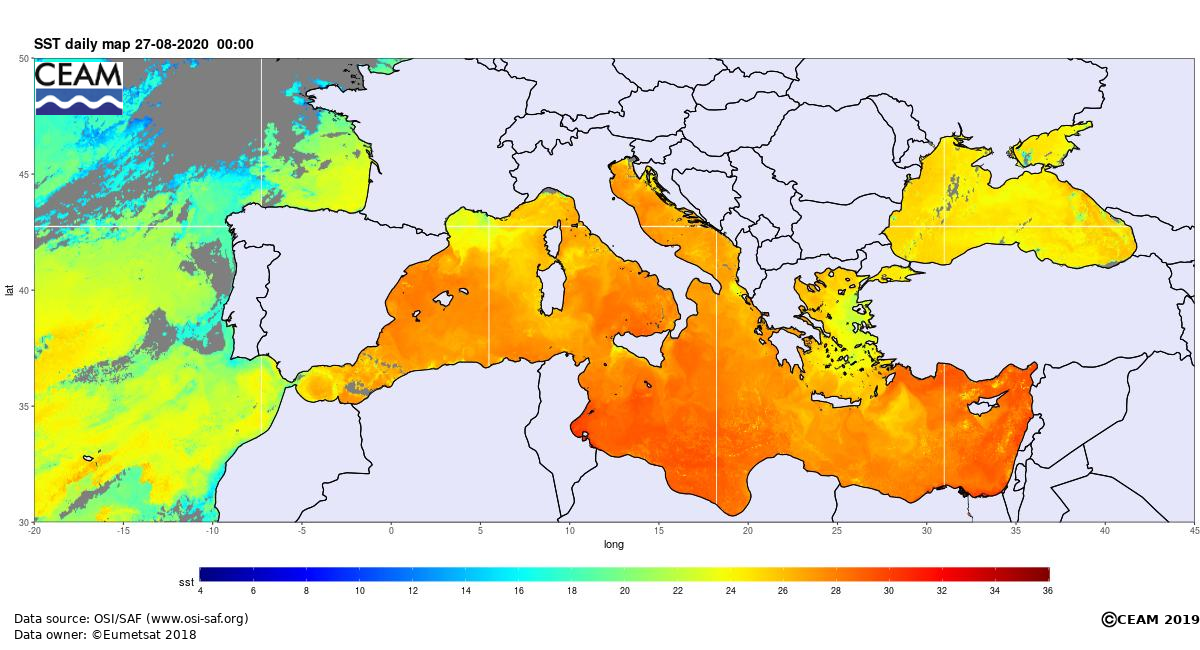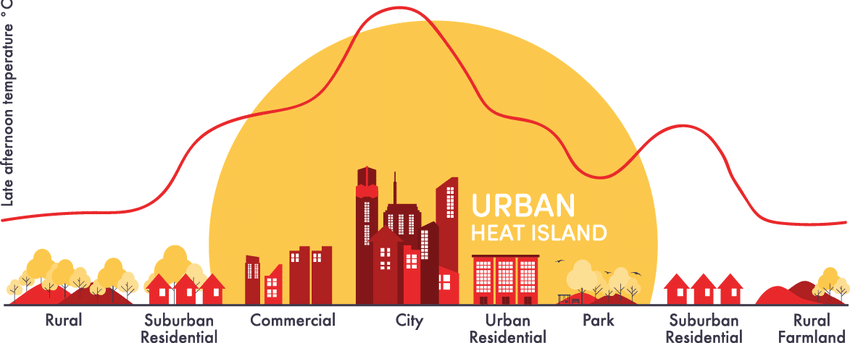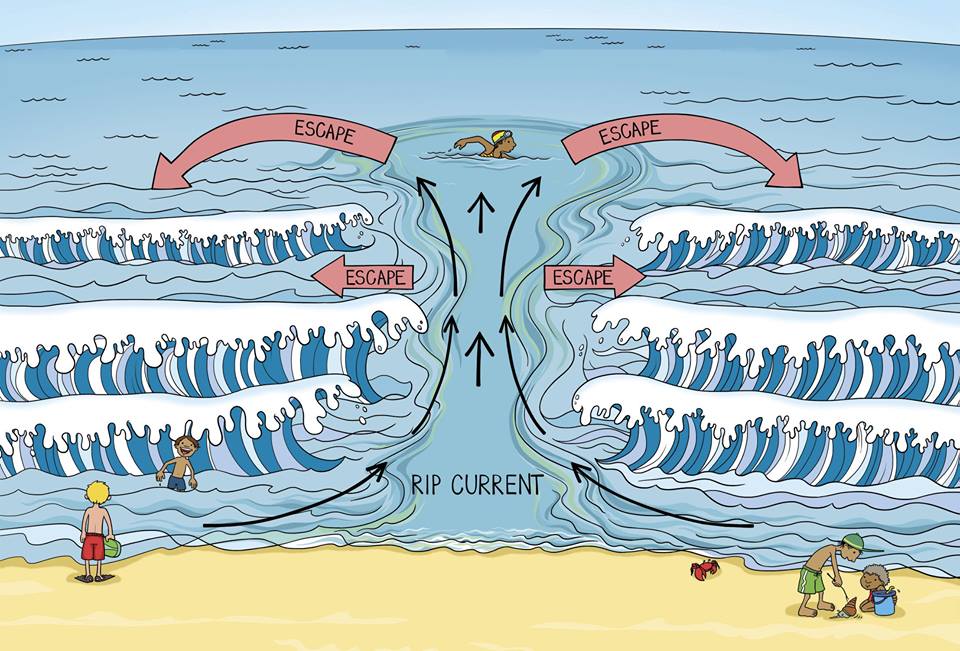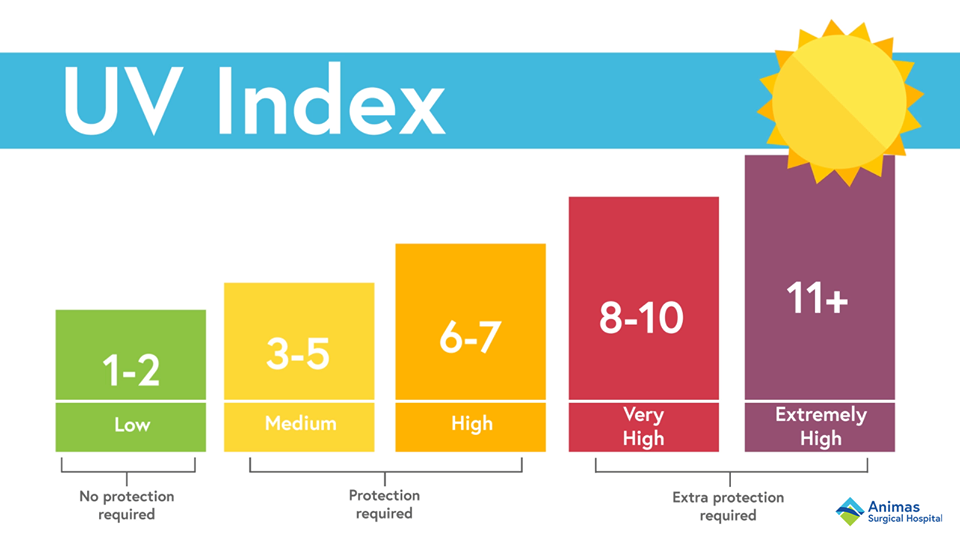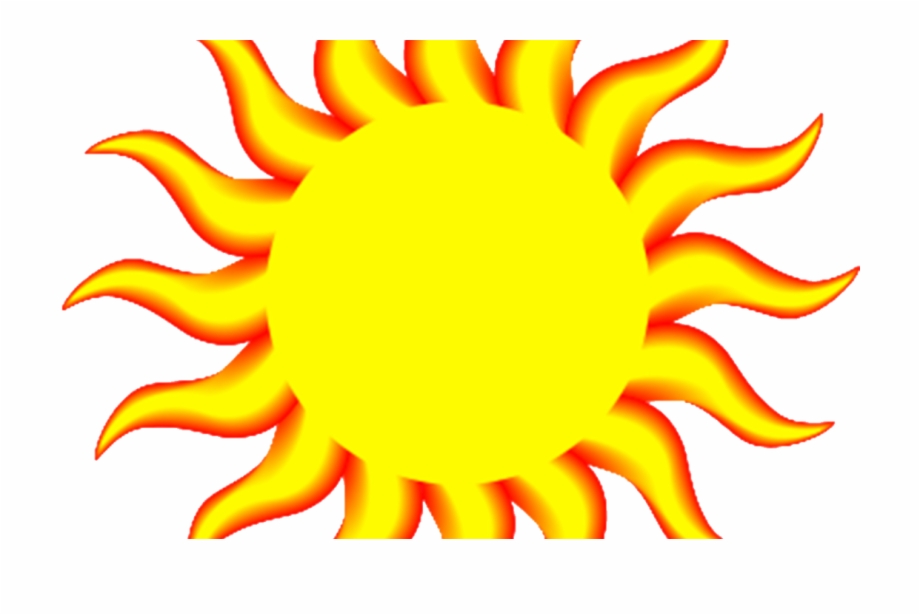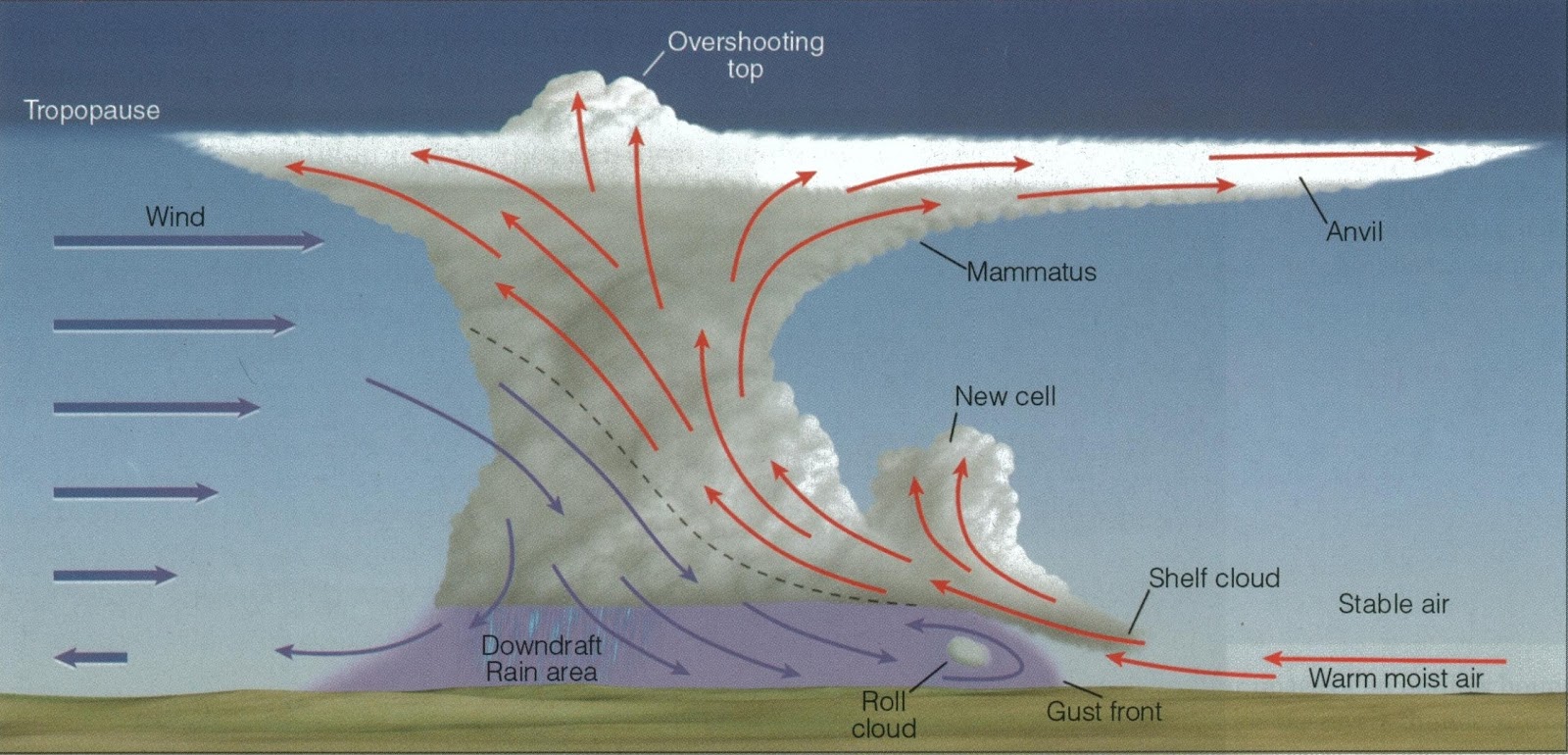What is an anticyclone?
The Maltese Islands are currently experiencing an extended dry spell. Most days are featuring plentiful sunshine with light and variable winds. On days like these, temperatures are relatively warm by day, but can be rather cool at night. These weather conditions, which seem to persist for long, are the result of an anticyclone spanning the Mediterranean and much of continental Europe.
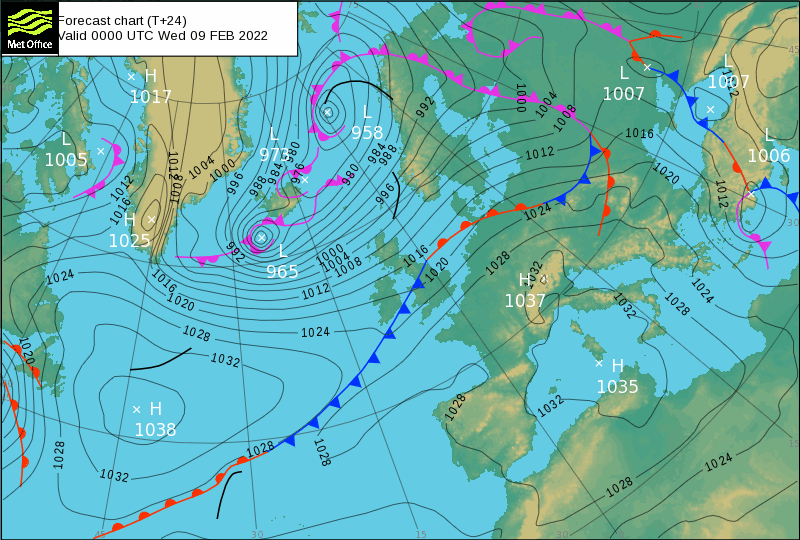
A high pressure system, also known as an anticyclone, occurs when the weather is dominated by stable conditions. In an anticyclone, the air is descending, forming an area of high pressure at the surface. Because of these stable conditions, cloud formation is inhibited, so the weather is usually settled with only small amounts of cloud cover. The lack of cloud allows the sun to shine brightly without interruption, allowing heat to accumulate during the day. This leads to warm daytime highs. At night, however, the same lack of cloud allows the heat accumulated during the day to escape into space. The result are cool nighttime lows. A distinct product of anticyclonic conditions is the formation of dew. Dew is water in the form of droplets that appears on exposed surfaces in the morning or evening due to the process of condensation. On a cold and clear night, the ground is cooled as it radiates energy into space. The air near the ground also cools and if the dew point is reached, water vapour condenses onto surfaces near the ground. If the temperature is above freezing, dew is formed. If the temperature is below freezing, frost is formed. Sometimes, mist or fog patches are formed. Both are the product of the same process. The only contrast between the two is that fog reduces visibility to less than 1 kilometre, whereas mist causes lesser impairment of visibility. Mist and fog form when the difference between the air temperature and dew point is less than 2.5°C. For mist or fog to form there must be water vapour present in the air. There are several ways by which water vapour is added to the air. In the dry season, water vapour is derived by the evaporation from the surface of the sea and transpiration of plants. In the wet season, recent precipitation adds to this. When the air becomes saturated, the water vapour condenses to form mist or fog. Radiation is the most common form of fog on days with anticyclonic conditions. Radiation fog is formed by the cooling of land after sunset by infrared thermal radiation in calm conditions with a clear sky. The cooling ground then cools adjacent air by conduction, causing the air temperature to fall and reach the dew point, forming fog. Radiation fog occurs at night, and often does not last long after sunrise. It is the thin wisp of ‘cloud’ often seen on low plains before dawn.
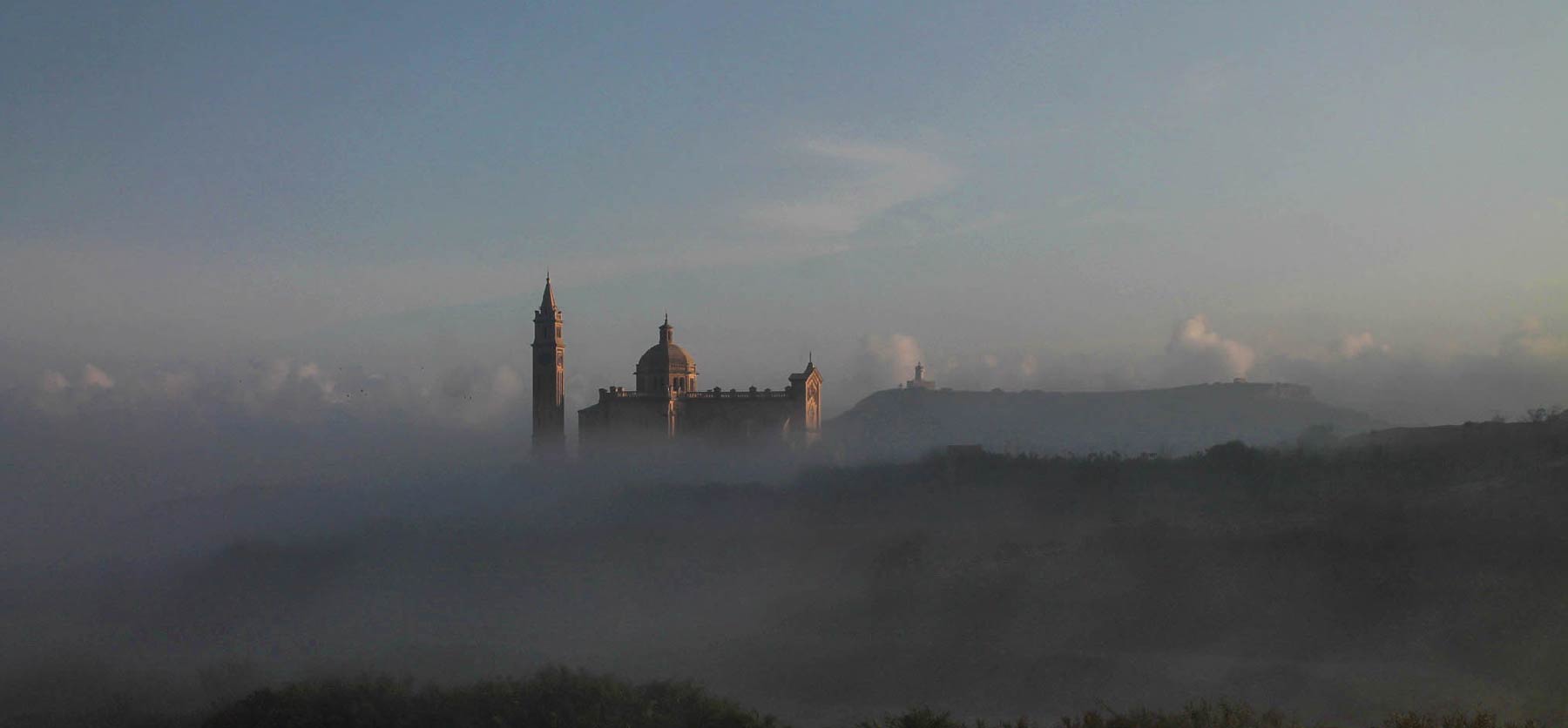
Mist or fog patches are a typical feature of anticyclonic conditions.
The graph below is typical of anticyclonic conditions. The temperature falls gradually overnight, reaching its coolest point just before dawn. It starts warming up gradually in the morning, as soon as the sun starts rising. It reaches its maximum by late in the morning. The temperature plateaus till late in the afternoon. It starts cooling down gradually again by sunset. Another interesting point is the wind speed behavior. It picks up by day, but dies down at night. The reason behind this is the sun. As the ground heats, the surface layer of air also heats. As the surface layer warms up, it becomes buoyant, and begins to rise polska-ed.com. The cooler air aloft sinks to replace the rising air, forming a circulation. As the sun sets, the ground cools rapidly, bringing this circulation to a stop.
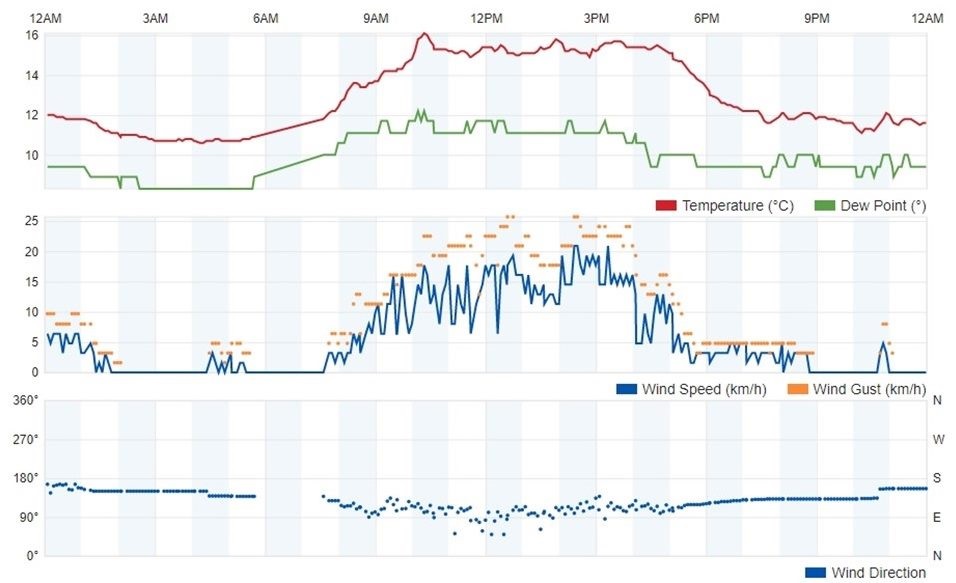
A graph depicting weather station readings on a typical day characterized by anticyclonic conditions.




